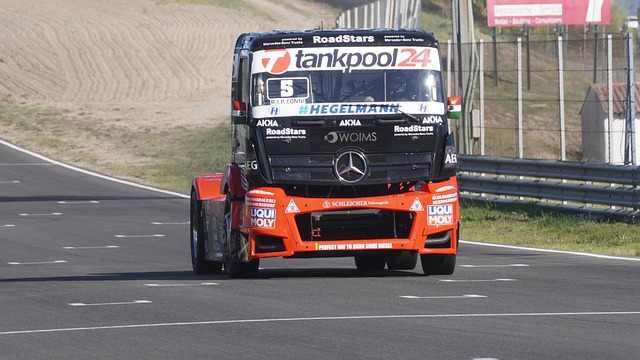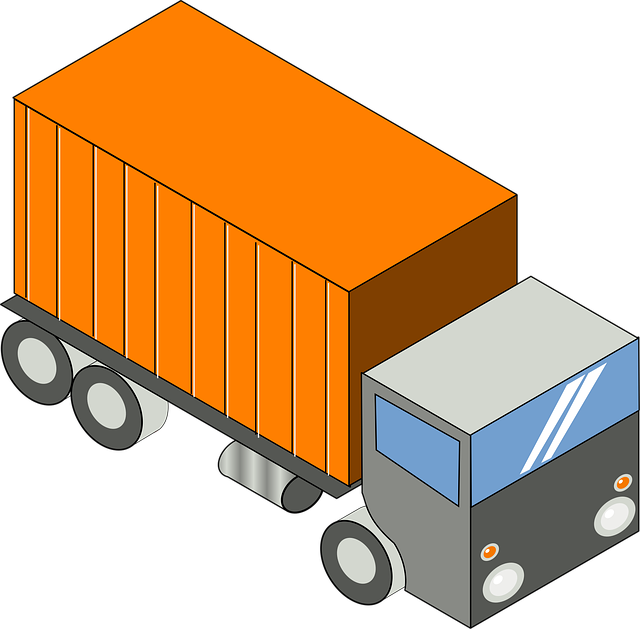Looking to register your car in California? This comprehensive guide walks you through every step, from gathering essential documents to receiving your official California vehicle registration. First, prepare your required papers and schedule a DMV VIN verification—a crucial process ensuring your vehicle’s authenticity. Then, complete the registration forms, submit your application with fees, and await your new state-issued license plate. Streamline the process today!
- Prepare Required Documents
- Schedule and Complete VIN Verification at DMV
- Gather Vehicle Registration Forms
- Submit Application and Pay Fees
- Receive Your California Vehicle Registration
Prepare Required Documents

Before registering your car in California, you’ll need to gather several essential documents. The process involves a combination of forms and verifications to ensure everything is in order. One critical step is the DMV VIN verification, which confirms the vehicle’s identity and history. This includes verifying the Vehicle Identification Number (VIN) through official channels, often facilitated by a mobile vin inspection or using a mobile vin verifier.
In addition to the VIN verification, you’ll require basic paperwork such as proof of ownership (a title document), proof of insurance, and valid identification documents like a driver’s license. It’s recommended to check with your local California Department of Motor Vehicles (DMV) office for a complete list, as they may have specific requirements or additional items needed during the registration process.
Schedule and Complete VIN Verification at DMV

After submitting your car’s registration application at the DMV, the next step is to schedule and complete a Vehicle Identification Number (VIN) verification. This crucial process ensures that your vehicle matches the information on record. You can conveniently schedule this inspection online or by phone, making it easier than ever before. A mobile vin verifier can also be utilized for added flexibility, allowing you to conduct the inspection at your preferred location.
During the VIN inspection, a DMV agent will cross-reference your car’s details against their records. This includes checking the vehicle identification number, make, model, year, and other essential specifications. It’s recommended to double-check all information on your registration documents before heading in to ensure a smooth process.
Gather Vehicle Registration Forms

To begin the registration process for your vehicle in California, the first step is to gather all the necessary forms. You can find these documents at the California Department of Motor Vehicles (DMV) website or request them from a local DMV office. The key form you’ll need is the Application for Title and Registration (Form DV-140). This application requires essential details about your vehicle, including its make, model, year, and unique Vehicle Identification Number (VIN).
Additionally, you’ll require proof of insurance, which can be presented in digital or physical form. It’s crucial to ensure that your VIN passes a verification process, known as a VIN inspection, to confirm the vehicle’s authenticity and history. Many services offer mobile VIN verification using a simple app, providing an efficient and convenient way to complete this step, especially for those with busy schedules.
Submit Application and Pay Fees

After gathering all necessary documents, it’s time to submit your application and fees for car registration. You’ll need to complete Form DMV-123 (or its online equivalent), which requires personal information about you and your vehicle. Along with this form, you must pay the applicable fees, including a base fee and possibly additional charges based on your vehicle’s type or age.
Ensure that you’re using a valid method of payment accepted by the California DMV, such as a debit or credit card. Some locations may also accept checks. Once your application is submitted and fees are paid, the DMV will process your request, which includes performing a VIN verification to ensure the vehicle’s identity and history match the information provided on the registration documents. A mobile vin verifier can assist in this process by providing a quick and convenient vin inspection right from your smartphone, making it an efficient step for both you and the DMV.
Receive Your California Vehicle Registration

After submitting your application and providing necessary documents, it’s time to receive your California Vehicle Registration. The California Department of Motor Vehicles (DMV) will process your request and issue a registration card. This card serves as temporary proof of registration until your official registration arrives in the mail. Typically, you can expect to receive it within a few weeks.
For added convenience, many drivers opt for a mobile vin verification or mobile vin inspection service. These services allow you to complete the DMV’s VIN verification process remotely by providing your vehicle’s unique identification number (VIN) and relevant details through an app or online platform. This streamlined approach saves time and effort while ensuring that your registration is handled accurately and efficiently.
Registering a car in California is a straightforward process, but it requires preparation and attention to detail. After gathering all necessary documents and forms, scheduling your DMV VIN verification ensures a smooth experience. By following these steps, you’ll be on your way to receiving your official California vehicle registration, allowing you to legally hit the road.
